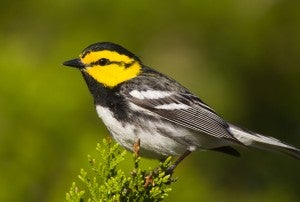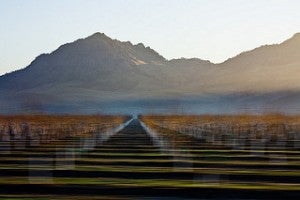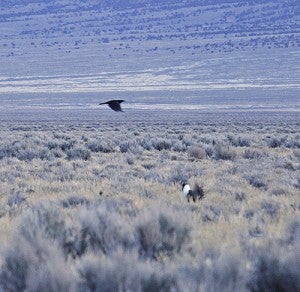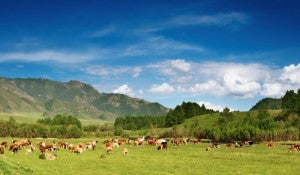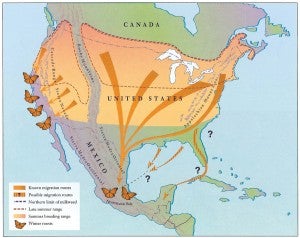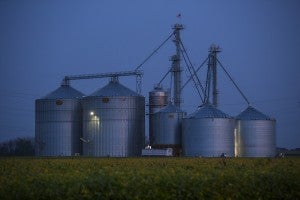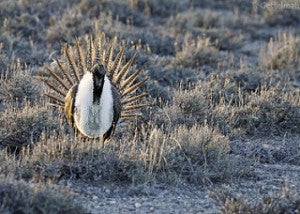 The state of Nevada recently made $1 million available to landowners for enhancing and restoring habitat for the greater sage-grouse, with another $1 million becoming available in the fall of 2016.
The state of Nevada recently made $1 million available to landowners for enhancing and restoring habitat for the greater sage-grouse, with another $1 million becoming available in the fall of 2016.
Nearly two dozen landowners submitted letters of interest to generate conservation credits for the bird – a clear signal that the market for conservation is viable and competitive.
The U.S. Fish and Wildlife Service may have determined that listing the greater sage-grouse on the Endangered Species List was “not warranted,” but that isn’t stopping landowners in key states from stepping up to help the bird, ensuring that it stays off the list. That’s because new conservation programs are coming online that are attractive to landowners, conservationists, and state and federal agencies. Read More










